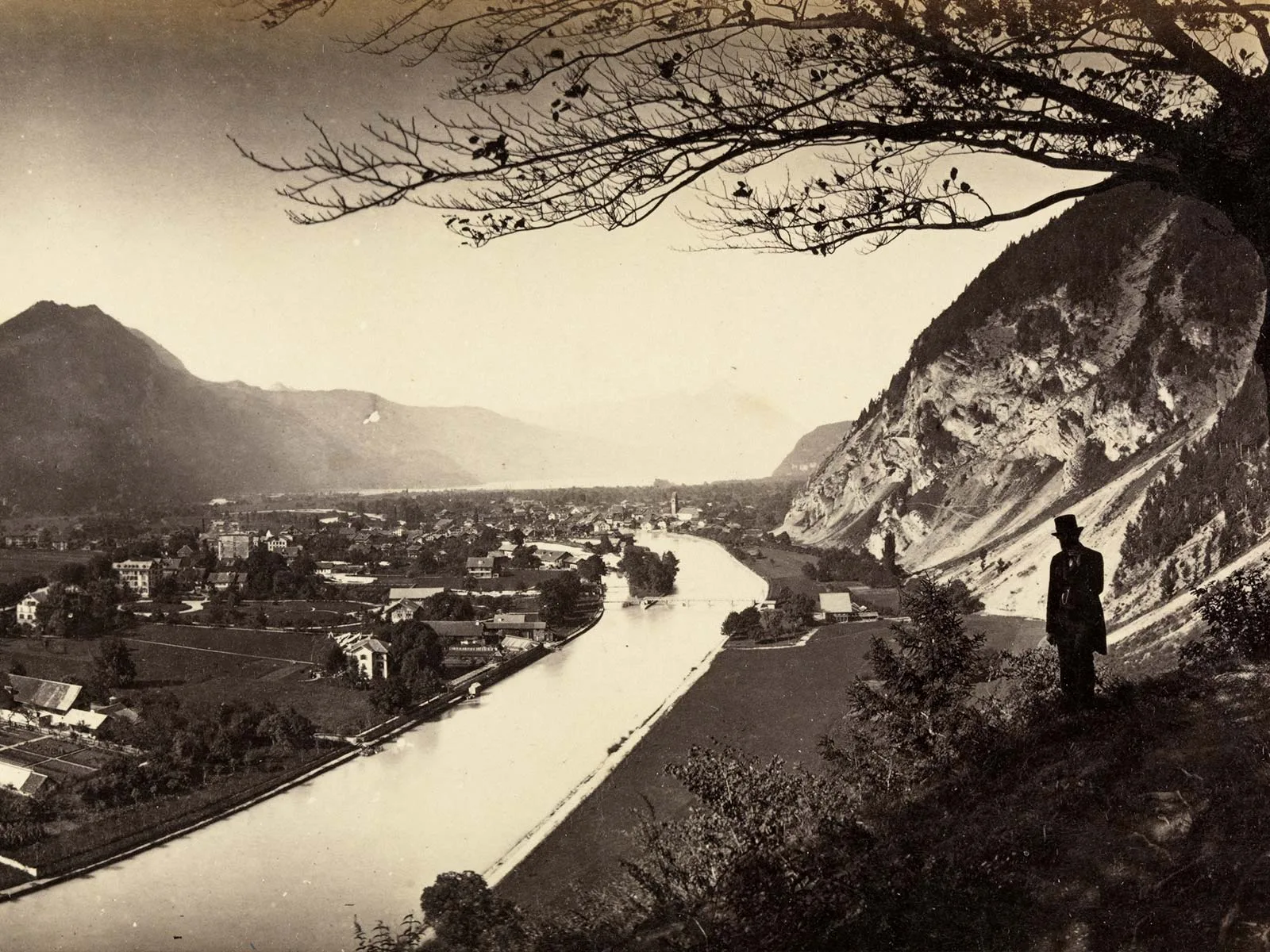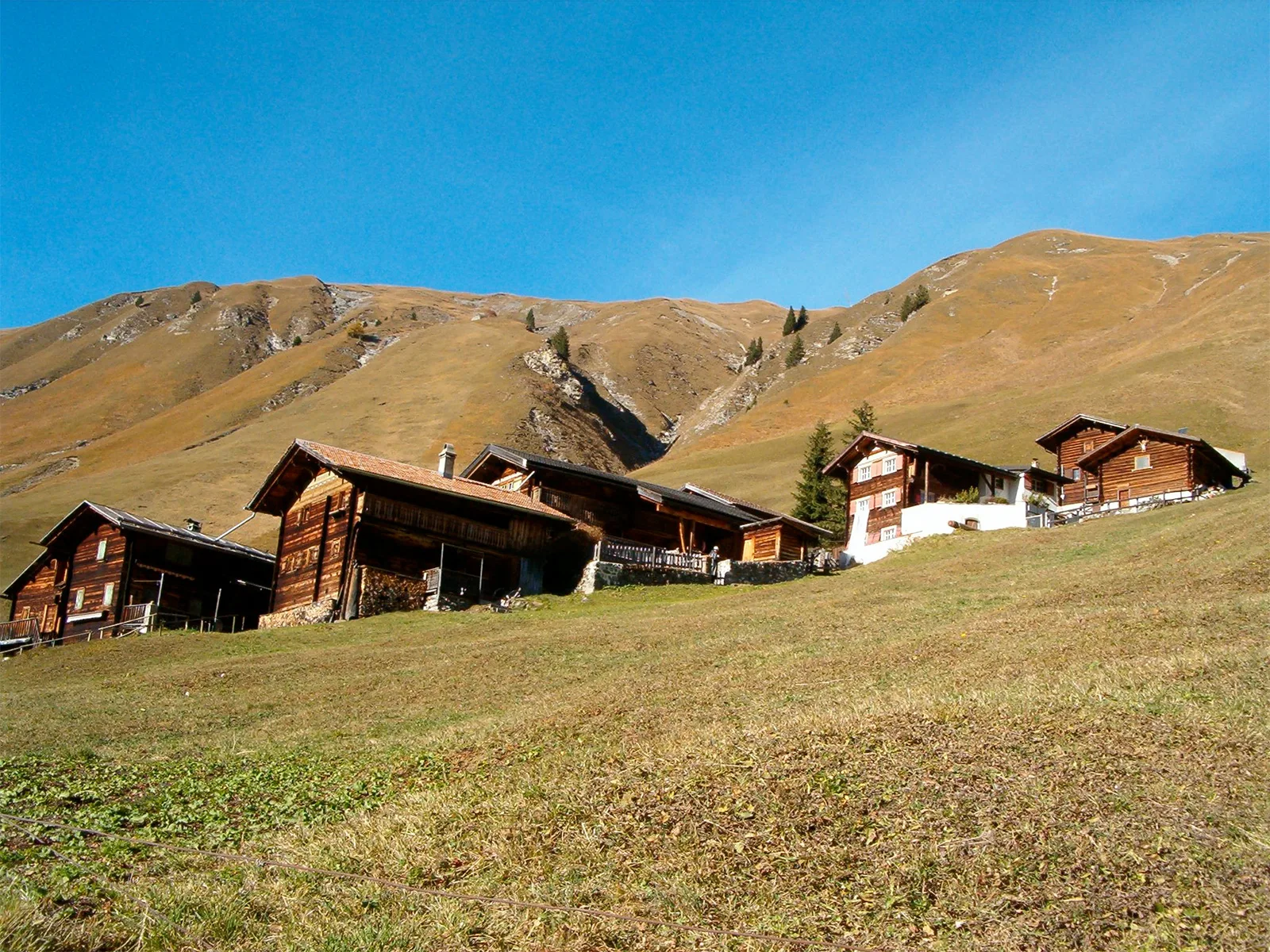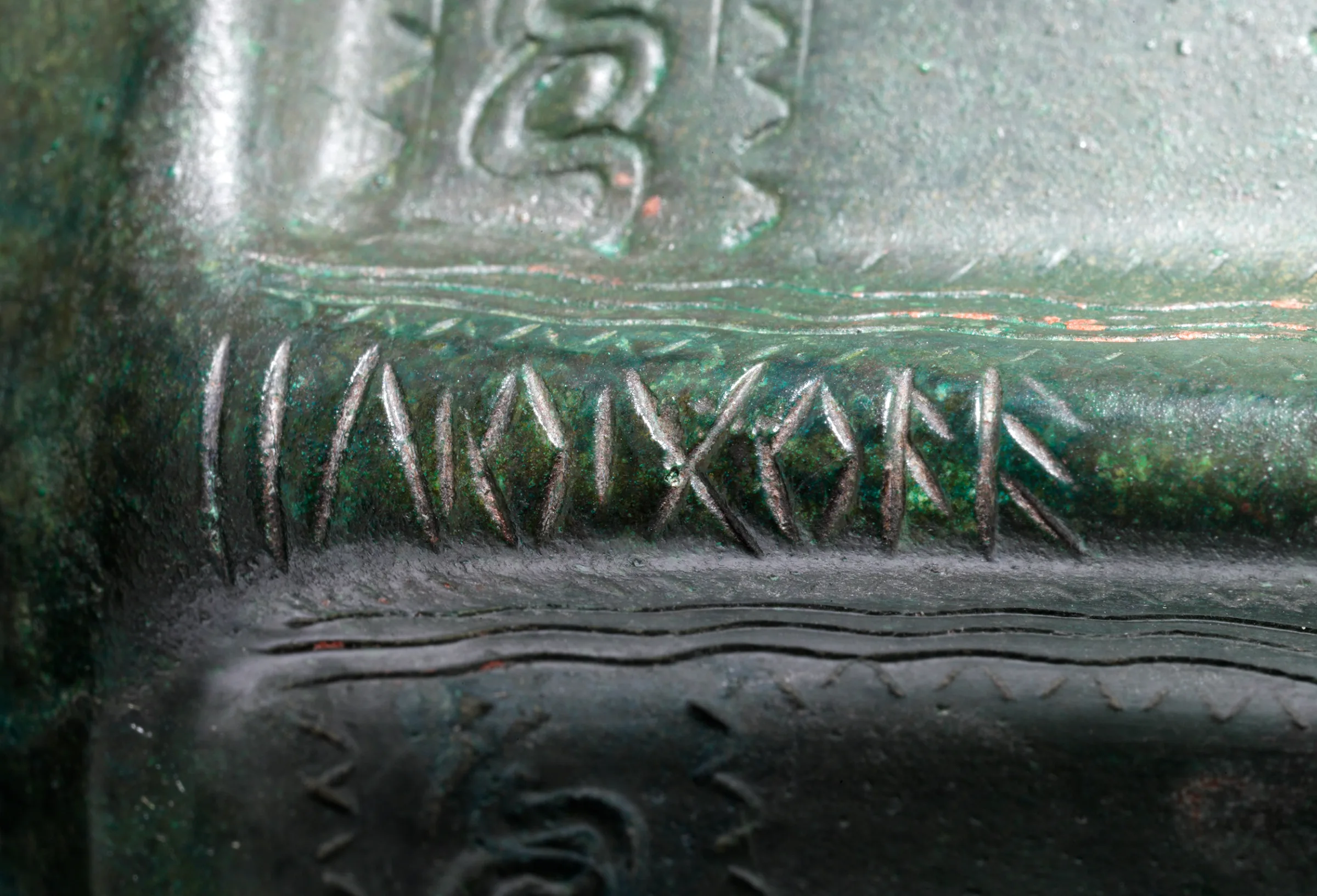
The oldest writing in Switzerland
Writing first appeared on the territory of modern-day Switzerland 2,500 years ago, south of the Alps. Some of Europe’s oldest evidence of writing in a Celtic language has been found in Ticino and the Val Mesolcina.
What would our lives be like without the written word? Even in the smartphone era, the written message is still a widely used means of communication – it would be difficult to imagine a world without writing. But was it always like that? When did humankind first start using this form of communication in our part of the world? And since when has an alphabet been in use in the territory of what is now Switzerland?
The script commonly used in the western hemisphere has its origins in Mesopotamia and ancient Egypt, where it developed as an aid to commerce. The first writing systems consisted not of letters (that is, characters that represent the sounds of vowels and consonants), but of symbolic pictograms that stood for an object or action. Among the oldest known forms of writing are the cuneiform script invented by the Sumerians in Mesopotamia, and the hieroglyphs created in Egypt. These two writing systems, which developed almost simultaneously between 3,500 and 3,200 BC, had one major disadvantage: to write and read them, you had to know thousands of characters or symbols. Small wonder that only a handful of contemporary scholars mastered these systems.
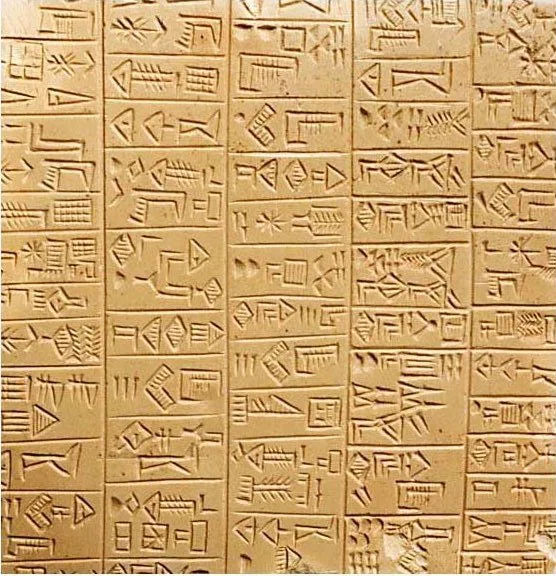
Sumerian cuneiform from the 26th century BC. Photo: Wikimedia
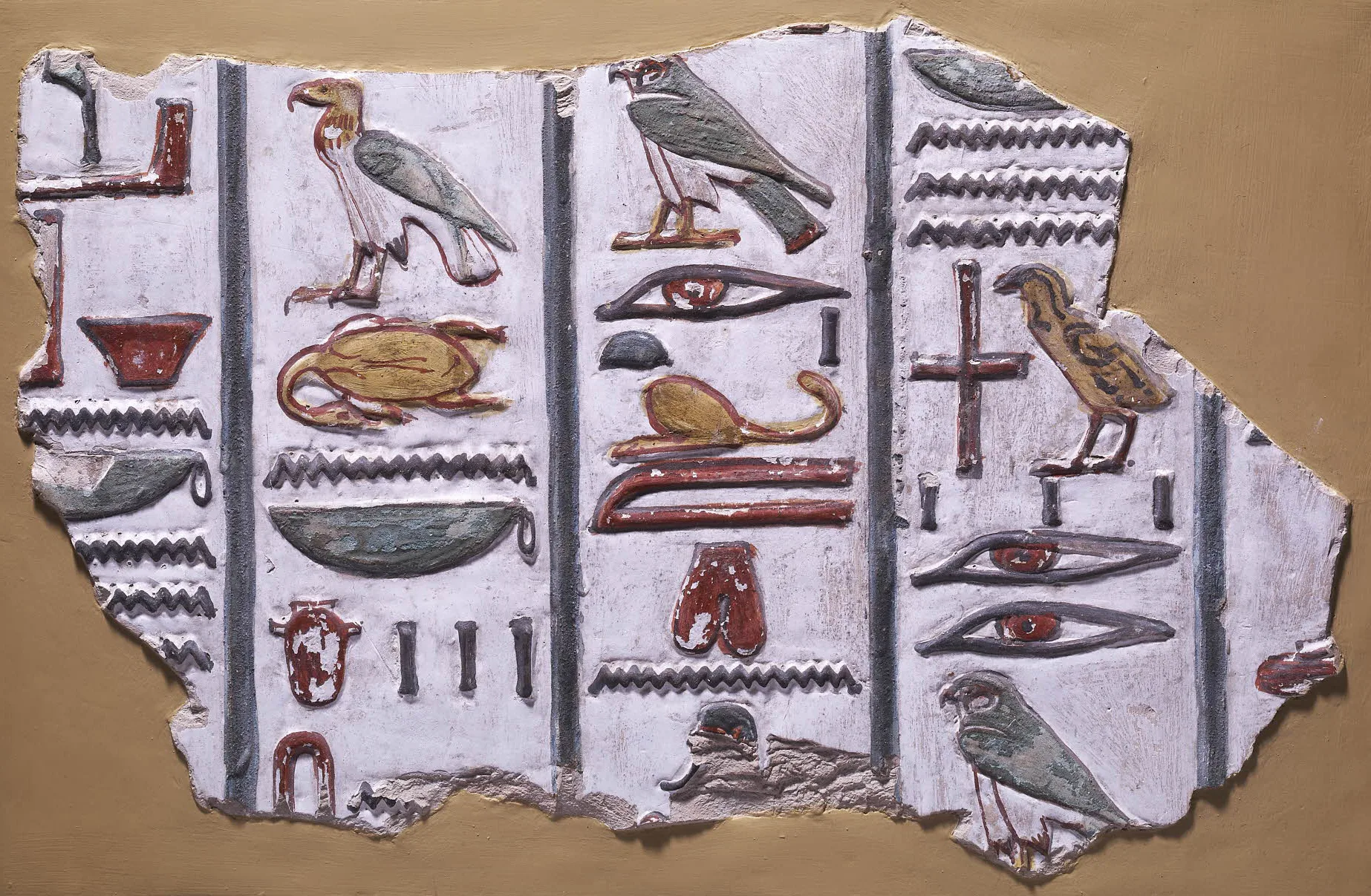
Hieroglyphic inscription from the tomb of the Egyptian King Seti I (approx. 1,300 BC). Photo: ©The Trustees of the British Museum
The great writing revolution occurred with the Phoenicians, who around 1,200 BC introduced an alphabet – that is, a system of writing based on the sound of their language – consisting of symbols that represented those sounds. To produce understandable texts, the Phoenicians only needed around 20 symbols or letters. This was mainly due to a peculiarity of the language: their alphabet consisted only of consonants – the reader had to ‘make up’ the vowels himself, so to speak. From that time, the alphabet began to spread across the Mediterranean world. First, the Greeks adopted this great simplification of writing and reading. They developed their own alphabet based on the features of their language, adding vowels as a result, and the first two letters of their system – alpha and beta – gave the alphabet its name.
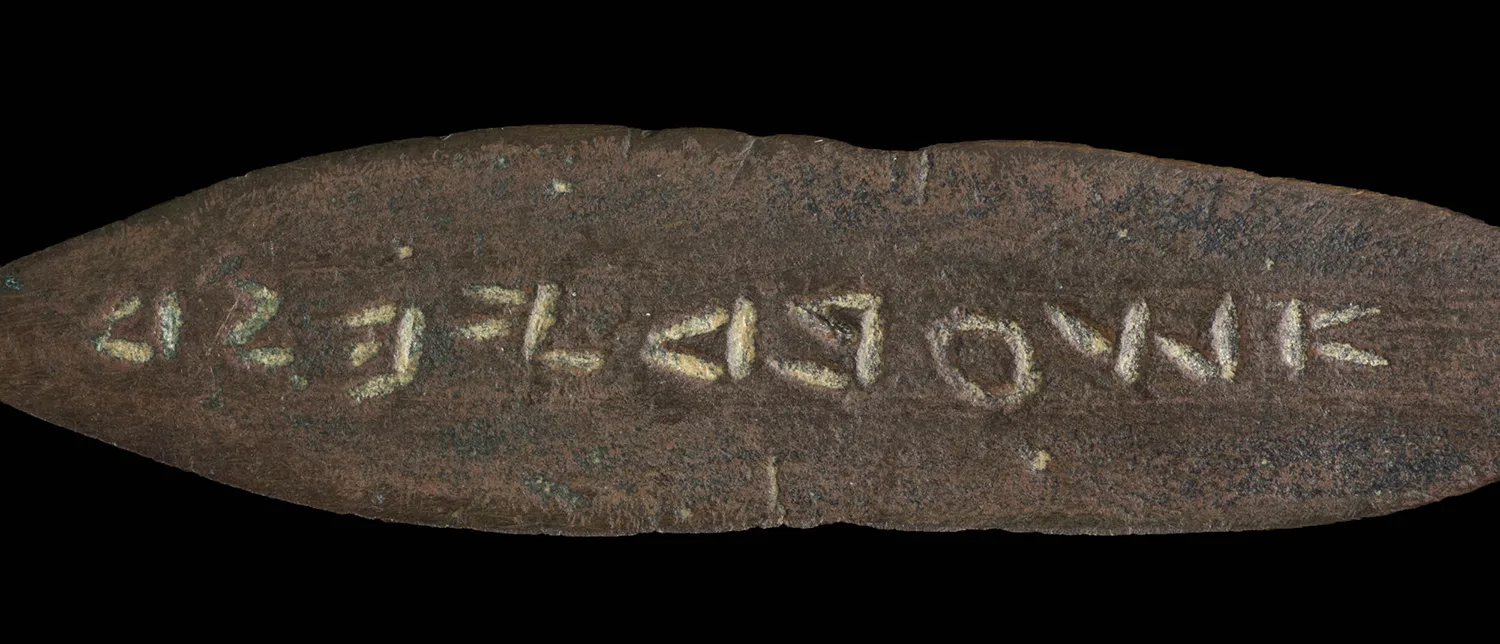
Phoenician spearhead, bronze, with inscription. 11th century BC. Photo: ©The Trustees of the British Museum
The Greeks were followed by the Etruscans, who adopted the Greek alphabet and adapted it to their own language. And it’s thanks to the Etruscans that an alphabetic script was introduced within the territory of today’s Switzerland. When Greek settlers founded the colony of Massalia (present-day Marseille) in around 600 BC, they seized one of the Etruscans’ most important trade routes: the Rhône. The Italic peoples used this river to bring their wares to the regions north of the Alps. The occupation of the entrance to the Rhône by the Greeks forced the Etruscans to seek new trade routes. So they started transporting their wares across the Central Alps, and for this purpose they secured the aid of the local population: the Lepontii, who were related to the Celts. The Etruscans not only brought goods and items to the Lepontii settled in the territory of Italian Switzerland and the Ossola Valley, but also spread new knowledge, skills and ways of living – including the use of writing and, with it, the alphabet.

The Etruscan alphabet (click to display the full graphic). Graphic: Museum Allerheiligen Schaffhausen, after Larissa Bonfante, 1990. Editing: dreh gmbh
The Celts had not developed an alphabet of their own, as their culture was deeply rooted in the oral tradition, passing information from generation to generation by word of mouth. The Celtic peoples living on the southern edge of the Alps, however, came into contact with the new, written form of communication early on through contact with the Etruscans, and likewise appropriated it. They adopted the Etruscan alphabet and adapted it to their language, giving rise to the ‘Lugano’ alphabet – also known as the ‘Lepontic’ alphabet. In the erstwhile territory of the Lepontii, we are now aware of about 140 inscriptions in that alphabet, the oldest dating back to around 550 BC. These are mostly funerary, sacred or votive inscriptions chiselled in stone, inscriptions on coins or personal names carved into ceramic or metal containers and pieces of jewellery. These finds are the oldest evidence of a Celtic language in Europe, and prove that the southern edge of the Alps was settled by Celtic-speaking peoples well before the epoch documented by Roman sources.
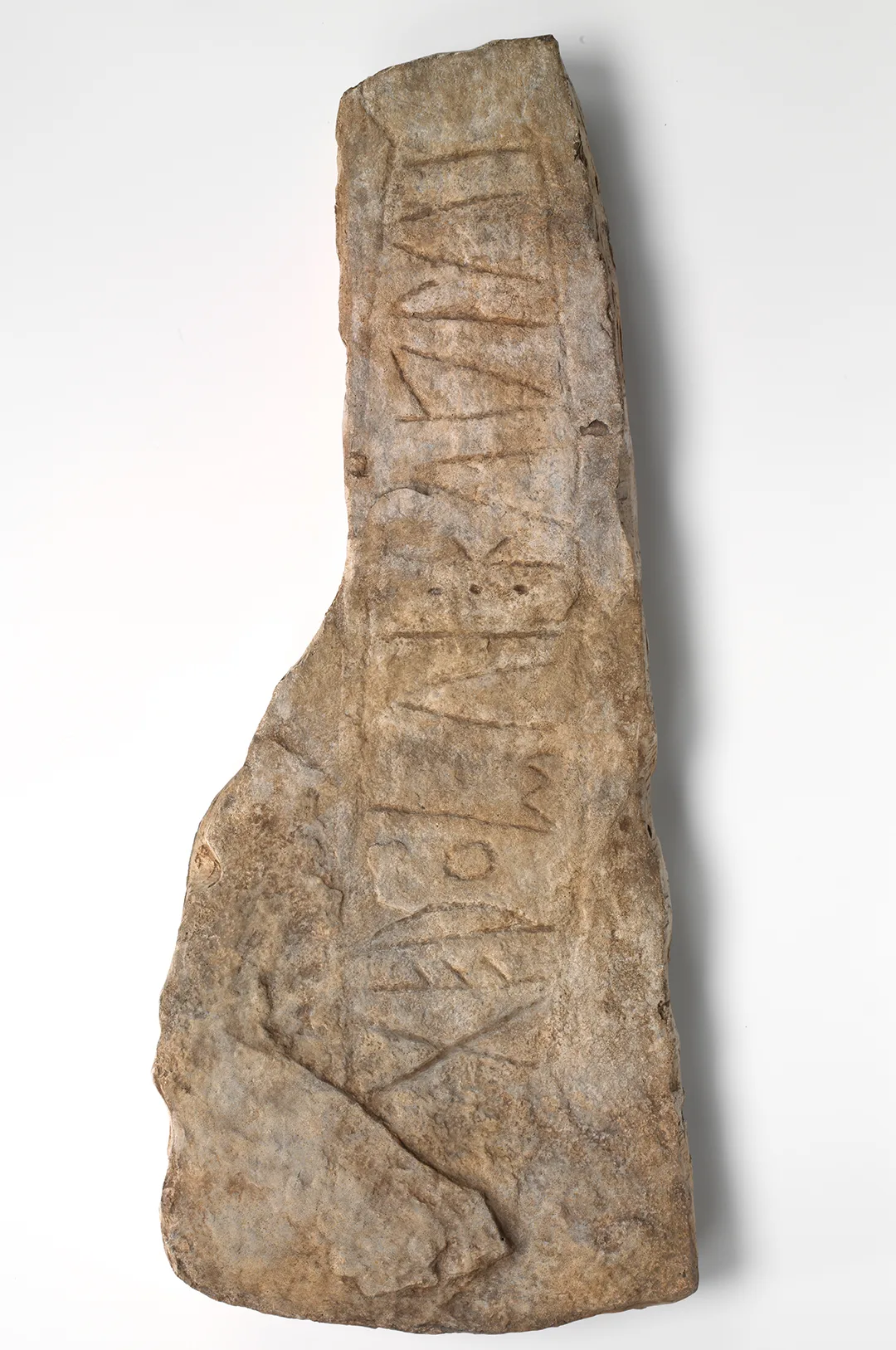
Grave stele with Celtic inscription from Vira-Gambarogno, Ticino, 5th century BC, copy. The name of the deceased reads from bottom to top: teromui kalui. Photo: Swiss National Museum

Bronze helmet with inscription in Etruscan letters (see cover photo). In this case, it is not the ‘Lepontic’ alphabet. The Etruscan letters were also adopted by other ancient peoples, such as the Rhaetians in Graubünden and the Venetians in north-eastern Italy. Giubiasco, Ticino, 250-50 BC. Photo: Swiss National Museum
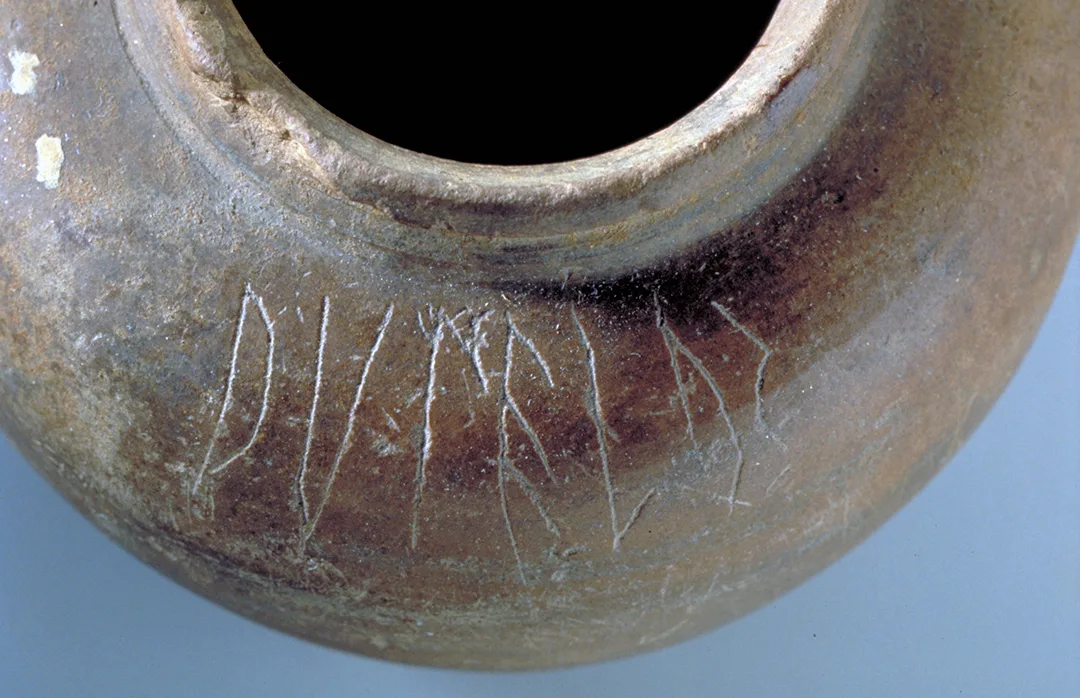
Pot with the name of its owner, ‘Rupelos’, scratched into it, Giubiasco, Ticino, 100-80 BC. Photo: Swiss National Museum
It is interesting to note, in this context, that north of the Alps many fewer Celtic inscriptions, and only from later periods, are found which also – as noted by Caesar in his De Bello Gallico – were still written using the Greek alphabet. The oldest of these inscriptions, together with a maker’s mark, adorns a sword found in the river Thielle at Port in the Canton of Bern, and is dated to the year 100 BC. The Celts south of the Alps continued to use the Etruscan alphabet for a long time, only switching to Latin and its alphabet after the eventual conquest of the territory by the Romans.
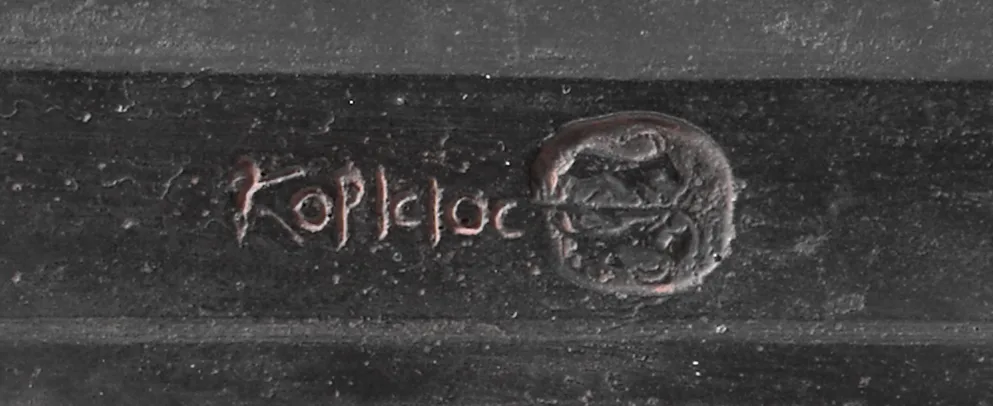
Celtic inscription (Korisios) on a sword found in an old channel of the Thielle river in Port, around 100 BC. Photo: Swiss National Museum


